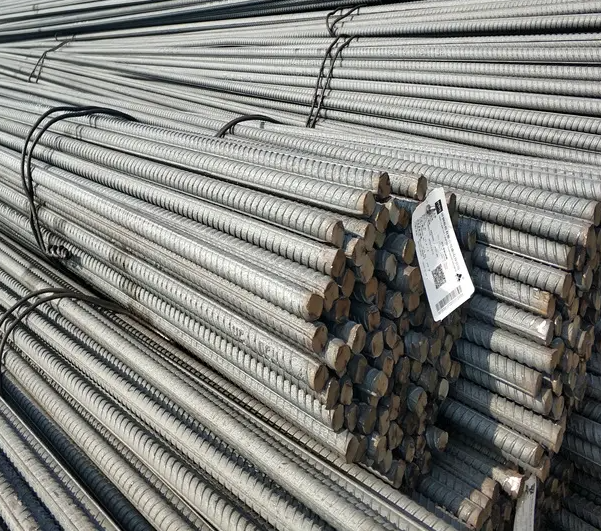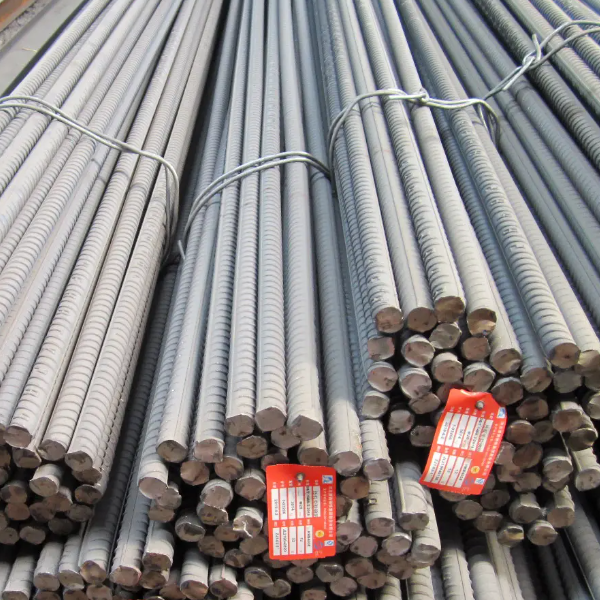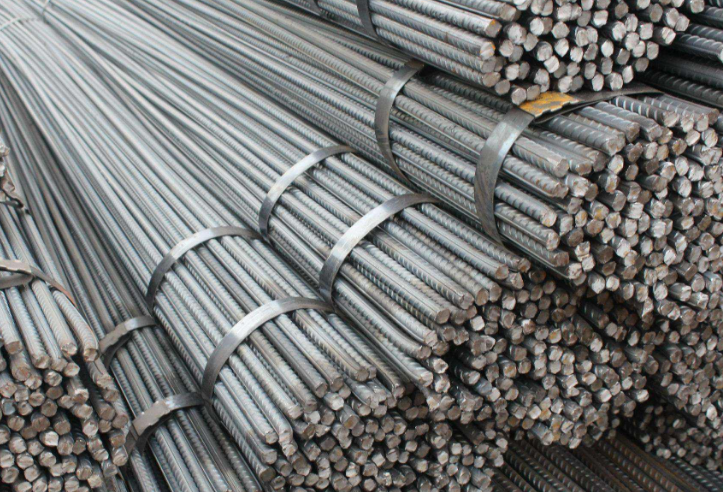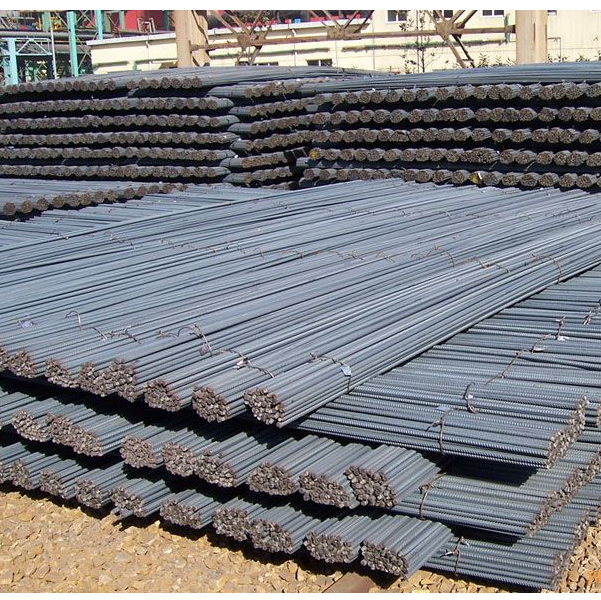After the Chinese New Year, rebar futures plate prices fell sharply for two consecutive trading days, and rebounded in the following two days, but the overall weakness prevailed. As of the week of February 23 (February 19-23), the main rebar contract closed at RMB 3,790/tonne, down RMB 64/tonne, or 1.66%, compared with the last trading day before the Chinese New Year (February 8th).
The next 2-3 weeks, rebar price trend will be how to present. This article will briefly analyse from the macro and industrial perspectives.
Reasons for the current round of rebar price decline?
First, from the calendar year, the spot market turnover after the Spring Festival for 2 weeks to 3 weeks is basically in a stagnant state, after the Spring Festival a wide range of rain and snow across the country further exacerbated the decline in market demand.
Secondly, after the Spring Festival holiday, the coke and coking coal inventory consumption of steel enterprises was significantly lower than expected, and the iron ore shipment data during the Spring Festival was significantly higher than expected. This led to a rapid decline in raw material prices, opening up space for rebar to fall further.
Thirdly, the previous Internet rumour that Yunnan suspended the construction of some infrastructure projects has also reduced the market's expectations for the policy to a certain extent.

Fourth, from the overseas side, the January U.S. CPI (Consumer Price Index) data exceeded expectations, combined with the recent performance of the Federal Reserve, the time node of interest rate cuts or further delay. This led to U.S. bond yields remaining high, further suppressing the overall trend of black futures prices.
The industry chain does not have the logic of sustained negative feedback in the short term

After January, thanks to the reduction of environmental protection pressure and the stage of improvement in the profits of steel enterprises, the output of long-process steel enterprises gradually rebounded. As of the last week before the Spring Festival (February 5-9), the average daily iron production of blast furnaces of 247 steel enterprises nationwide rebounded for five consecutive weeks, with a cumulative rebound of 59,100 tonnes. Last week (February 19-23), due to the decline in steel prices, steel enterprises overhauled the scope of the stage of expansion, and the average daily iron production appeared 10,400 tons of fall.
In addition, due to the electric furnace steel profit is still available, although after January short-process rebar production shows a seasonal trend of decline, but the decline is significantly smaller than the same period in previous years. In the first week after Chinese New Year (19-23 February), short-flow rebar output was 21,500 tonnes, an increase of 0.25 million tonnes year-on-year (lunar calendar).
In the short term, the first week after the Spring Festival due to the sharp decline in steel prices, steel enterprises to resume production is expected to weaken, and the industrial chain appeared to a round of staged negative feedback. However, I believe that the current market does not have a sustained negative feedback adjustment power.

Focus on demand and policy implementation after mid-March
The logic that dominates the market trading in the first week after the Spring Festival is mainly the weak demand expectation and the downward shift of cost support. Combined with the previous analysis, I believe that, in the absence of a large negative impact, the short-term rebar plate prices falling below the cost of electric furnace steel valley power is unlikely.
But after entering March, the market will pay more attention to demand and policy landing situation. Demand situation is the most intuitive observation indicator in inventory data, and needs to pay attention to the inventory of the top when to appears and after the de-stocking speed. The first week after the Spring Festival, rebar inventories rose to 11.8 million tonnes, this inventory level in the same period in history is relatively high. Combined with the reality of the current weak demand, I believe that the probability of inventory accumulation in the first half of March is higher than expected. If this expectation is honoured, then it will have a greater impact on market expectations. As for the policy level, it is mainly concerned with the two sessions of the National People's Congress for the important economic indicators and the possible introduction of policies, such as the GDP growth target, fiscal deficit rate, and real estate policy.

To sum up, after the sharp fall in the first week after the Spring Festival, in the absence of a new negative impact, rebar prices temporarily do not have the power to continue to fall sharply, it is expected that in the short term the operating range of the rebar price of 3730 rmb/tonne ~ 3950 rmb/tonne. after the middle of March, it is necessary to focus on the demand and the policy landing situation.
Post time: Mar-01-2024